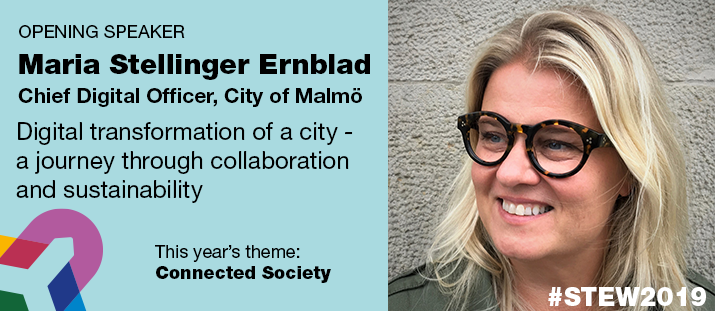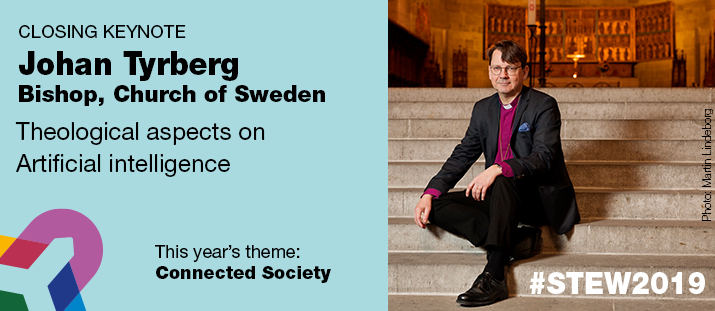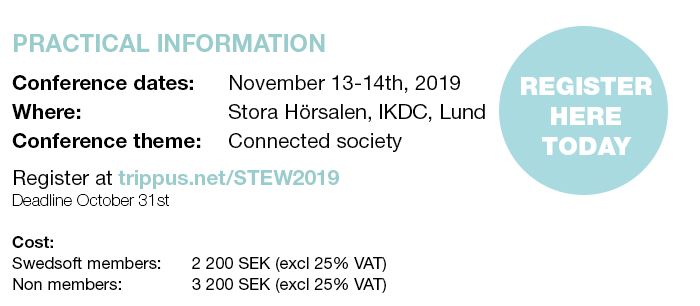This year’s conference program is filled with presentations giving different perspectives on the theme Connected Society.
Software Technology Exchange Workshop, STEW, is a conference that since 2012 encourages and promotes knowledge exchange between industry, academia and the public sector. At STEW we want to make research and project results visible and available to stimulate new cooperation in software technology.
In between the presentations tand during the dinner there will be time to network and meet people from industry, academia and public sector from all around Sweden.
We hope to see you at Lund University in November.

Program
The full program is available in the end of this page.





